The Distributed Control System (DCS), fully known as Distributed Control System, is also referred to as a decentralized control system or a distributed control and management system. It is a multi-level computer system linked by a communication network, consisting of a process control level and a process monitoring level. Integrating the four "C" technologies of Computer, Communication, CRT (Cathode Ray Tube) Display, and Control, it features decentralized control, centralized operation, hierarchical management, flexible configuration, and convenient configuration.
The DCS system encompasses the Analog Control System (MCS), Sequence Control System (SCS), Turbine DEH System, and Electrical ECS System, among others. Specifically:
The Analog Control System (MCS) treats the boiler and turbine of a turbogenerator as an integrated control system, including the furnace-side MCS and turbine-side MCS. It is primarily responsible for the closed-loop automatic regulation of main variables in systems such as water, steam, coal, oil, air, and flue gas during the production process, as well as the load control of the entire generator set.
The Sequence Control System (SCS) divides part of the unit's operations into several local control systems according to the thermal system or auxiliary machinery and equipment, executing operations in a pre-determined sequence to achieve the goal of sequence control.
The Electrical ECS System mainly undertakes the start-stop control and logic processing of the generator, monitors the parameters and equipment status of the electrical system, and is responsible for fault protection actions, fault alarms, and time-sequence control recording.
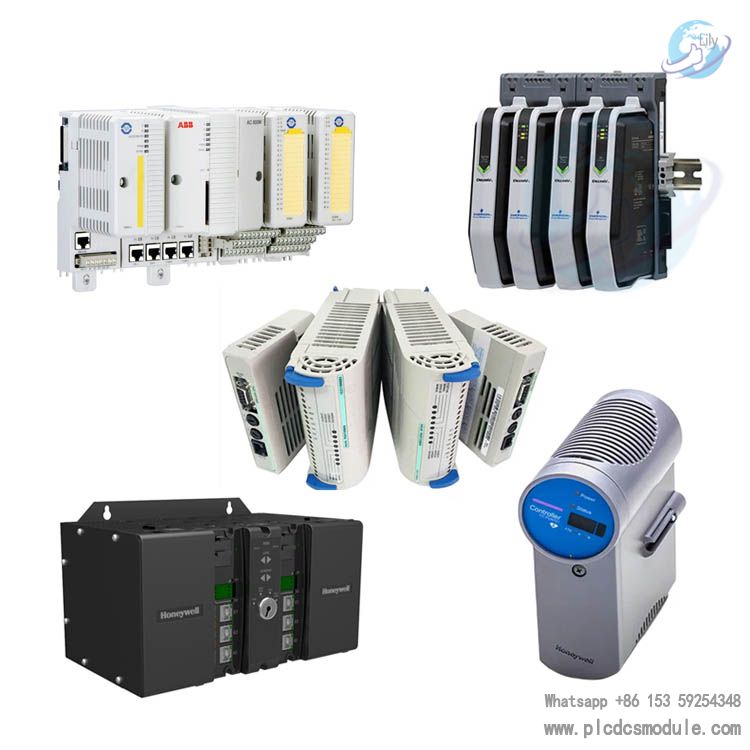
Common DCS system brands include Emerson, Honeywell, Siemens, HollySys, Zhejiang University (SUPCON), and Yokogawa Electric. These brands' DCS systems each have distinct characteristics and are widely used in various industries such as power, chemical, metallurgy, and papermaking. They typically consist of a three-layer structure: process control level, process monitoring level, and production management level, including hardware devices such as controllers, I/O modules, communication networks, and operation stations, as well as corresponding software systems.
DCS-related brand products:
1.Triconex (Invensys,acquired by Schneider)(USA)
Triconex Series:
For example, the Triconex 3009 is a main processor module for Safety Instrumentation Systems (SIS). It features a unique design, high reliability, and fault diagnosis functions to ensure the normal operation of safety systems. As a SIL-3 certified safety controller, it provides Triplex Module Redundancy (TMR) protection and meets the strictest industry standards, including IEC 61508 and ISA S84.01.
The Triconex 3503E is a high-performance digital input module based on Triplex Redundancy (TMR) technology. Designed for highly reliable industrial control systems, it offers high reliability and fault tolerance, and is widely used in industries with extremely high safety requirements such as chemical engineering, petroleum, power, and metallurgy.
I/O Modules include:
Triconex 3721 DIFFERENTIAL ANALOG INPUT Module : Utilizes a Triple Modular Redundancy (TMR) architecture where each analog input channel is processed in parallel by three independent physical channels (A/B/C). Through a built-in voting mechanism (e.g., 2oo3), it ensures that a single channel failure does not impact the overall output, complying with SIL 3 safety integrity level certification (IEC 61508/ISA 84.01)
Triconex 3805E Analog Output Module: Generates voltage (0–10V DC) and current (4–20mA) signals with high precision and stability. Converts digital signals from the system into accurate analog outputs to control various analog actuators.
3806E Analog Output Module: Similar in function to the 3805E, this module is widely used in industrial process control scenarios requiring high-precision and reliable analog output, such as flow control and temperature control in chemical production.
Communication Modules:
Triconex 4119AEnhanced Industrial Communication Module, EICM: Supports serial communication via RS-232, RS-422, and RS-485. Enables data transmission and interaction between the system and Modbus devices or Tristation 1131 software.
Triconex 4329Network Communication Module, NCM: Supports multiple Triconex protocols and applications, as well as user-developed applications over Ethernet (802.3), including Tristation, Modbus TCP, and OPC. Enables high-speed communication and data sharing between the system and other network devices.
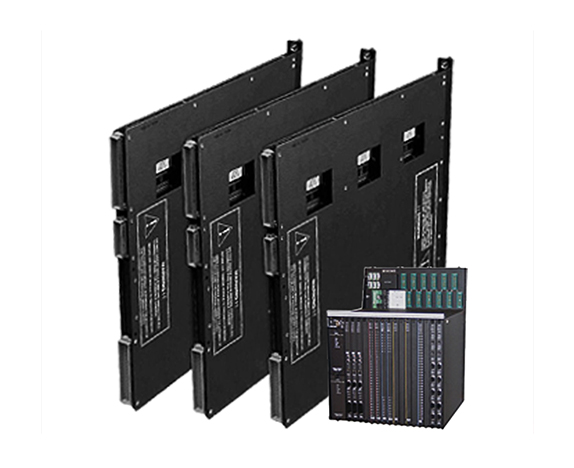
2.ABB(Switzerland)
AC800M System:
AI810 Analog Input Module:Features redundancy for higher availability and supports multiple communication protocols and fieldbuses.
CPU Modules:Including PM866AK02, PM864, etc.
Communication Modules:Including CI854A, CI867K01, etc.
Bailey(USA):
Net90 Series: A well-known DCS (Distributed Control System) product. Its main control unit modules, such as the IMM 400, feature powerful computing capabilities and data processing functions, serving as the core control components of the system. The I/O modules include analog input/output modules and digital input/output modules.
For example:
AI 133 is an analog input module that converts field analog signals into digital signals for system processing.
DO 134 is a digital output module used to control field actuators.
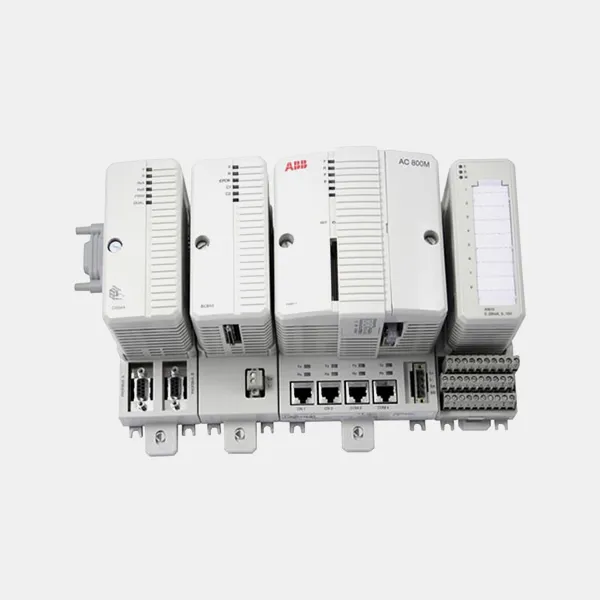
3.General Electric (GE)(USA)
Proficy Series: The modules in its DCS (Distributed Control System) comprise various types. For instance:
IC697CPU130 is a high-performance CPU module capable of addressing complex control tasks.
IC697MDL655 serves as a digital input module.
IC697MDL755 functions as a digital output module.
IC697MDL440 is an analog input module.
IC697MDL540 acts as an analog output module, among others.
These modules support multiple communication protocols, facilitating seamless integration with other devices.
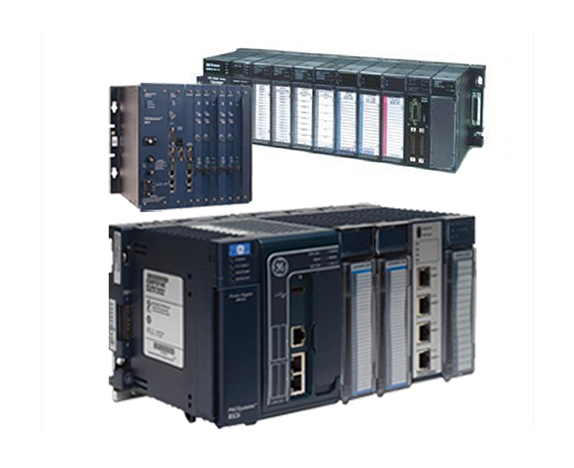
4.Honeywell (USA)
Experion PKS Series:
Examples include the 2MLF-DC8A analog output module, 2MLI-D24A digital input module, and 2MLQ-TR4A digital output module.
HC900 Series:
CPU: 900C50-0460
Power Module: 900P01-0301
Digital Input Module: 900G32-0101
Digital Output Module: 900H32-0102
Analog Input Module: 900A16-0103
Analog Output Module: 900B08-0202 and other modules.
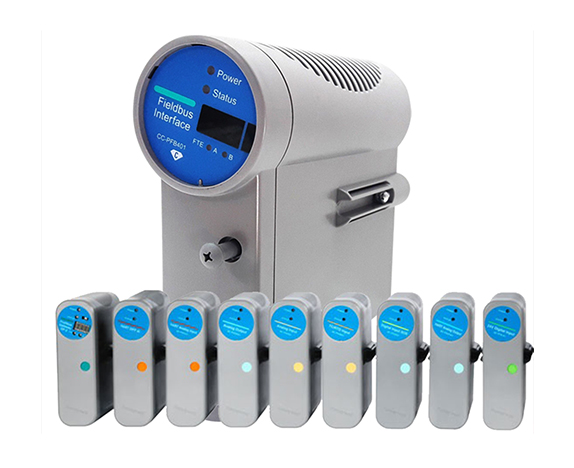
5.Emerson (USA)
DeltaV System:
It offers a variety of modules, including digital input/output modules, analog input/output modules, etc., to meet diverse control requirements. For example, MTL5053 is a digital control system module.
OVATION System:
Applied in power plants and other industries, its modules feature high reliability and advanced control capabilities.
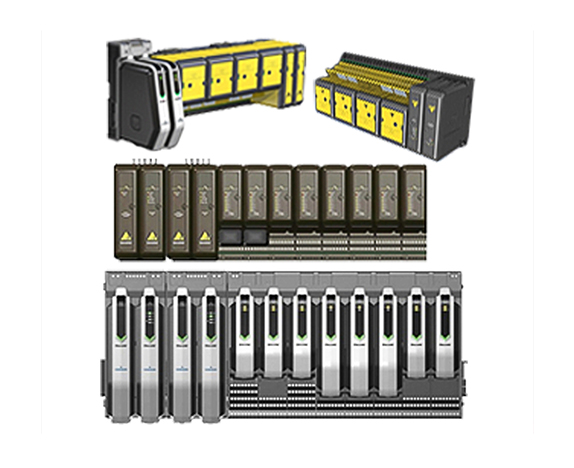
6.Schneider Electric(France)
Central Processing Unit (CPU)
140CPU11302
Basic CPU suitable for small to medium-sized automation projects.
Processing Speed: 0.35 μs/instruction, Memory: 256 KB.
Supports Modbus Plus and Unity Pro programming software.
140CPU11305
Enhanced CPU with improved performance (0.25 μs/instruction) and 512 KB memory.
Supports hot-swappable I/O and redundant configuration.
140CPU65160
High-end CPU for large and complex systems.
Processing Speed: 0.05 μs/instruction, Memory: 4 MB (supports SD card expansion).
Integrates multiple communication interfaces: Ethernet, Modbus TCP, Profibus DP, etc.
Digital I/O Modules
140DDI35300
32-point digital input module (24V DC), compatible with sourcing/sinking inputs.
Supports hot swapping and built-in filtering for anti-interference.
140DDO35300
32-point digital output module (24V DC, relay output), with contact capacity of 5A.
Suitable for driving solenoid valves, contactors, and other devices.
140DRA84100
16-point digital input/output hybrid module: 8 inputs (24V DC) + 8 relay outputs.
Analog I/O Modules
140ACI03000
8-channel analog input module supporting voltage (±10V) and current (±20mA) signals.
16-bit resolution with built-in isolation and filtering.
140ACO03000
4-channel analog output module supporting voltage (0-10V) and current (4-20mA) outputs.
16-bit resolution with output accuracy of ±0.1%.
140ARI03010
4-channel RTD/thermocouple input module supporting PT100, TC (types K/J/T).
Used for temperature measurement with built-in cold junction compensation.
Communication Modules
140NOE77101
Ethernet communication module supporting Modbus TCP and Unity Pro remote programming.
Dual-port switch design for linear topology or ring network redundancy.
140CPS11400
Modbus Plus communication processor for connecting remote I/O stations and other Modbus devices.
140CRP93200
Profibus DP master module for communication with third-party devices (e.g., inverters, smart instruments).
Special Function Modules
140CPU67160
Redundant CPU module supporting hot standby switching, suitable for high-availability systems (e.g., power, chemical industries).
140CRA93100
Hot redundant communication module, enabling seamless switching of communication links with redundant CPUs.
140DAI75300
High-speed counting module supporting 4-channel incremental encoder inputs (up to 100kHz).
Power Supplies and Backplanes
140CPS11420
24V DC power module with 40W output, supporting redundant configuration.
140XBP01000
10-slot backplane for installing CPU, I/O modules, and communication modules, with hot-swapping support.
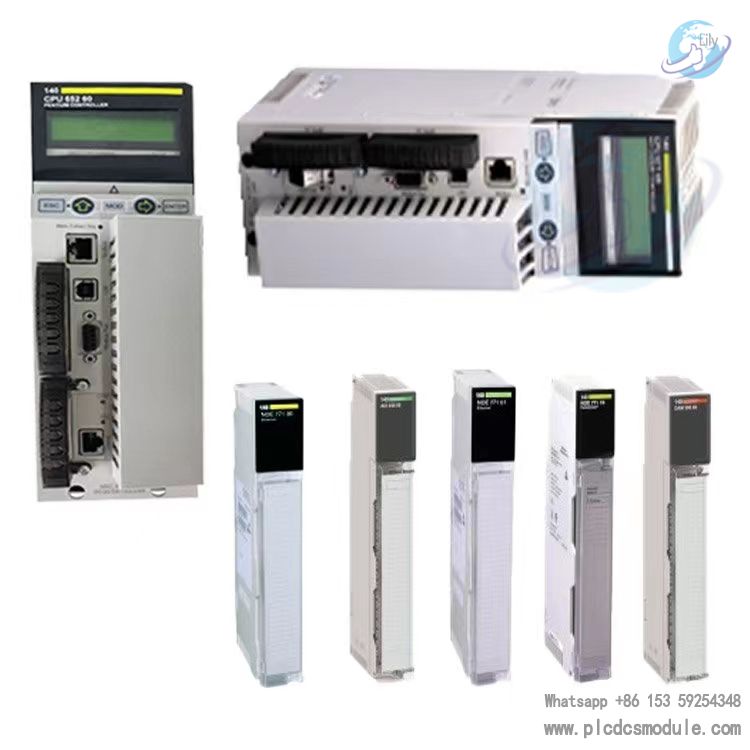
7.Siemens(Germany)
S7-400 Series
CPU Modules
Examples: 6ES7414-3XJ00-0AB0, 6ES7414-4HJ04-0AB0, etc.
Feature powerful processing capabilities and large memory, suitable for large-scale complex automation control systems.
Capable of handling massive input/output signals and complex control logic.
Communication Modules
Support multiple communication protocols (e.g., Profibus, Profinet) for high-speed data communication with other devices.
6GK7443-5DX04-0XE0: For industrial Ethernet communication.
6ES7443-1EX11-0XE0: For Profibus-DP communication.
S7-1200 Series
CPU Modules
Examples: 6ES7214-1AG40-0XB0, 6ES7214-1HG40-0XB0, etc.
Integrate multiple functions (e.g., high-speed counters, pulse outputs) to meet control requirements of small automation systems.
Digital Input Modules
Examples: 6ES7221-1BH32-0XB0, 6ES7221-1BF32-0XB0.
Receive external digital signals (e.g., switch signals, sensor signals) and convert them into signals processable by the PLC.
Digital Output Modules
Examples: 6ES7222-1BH32-0XB0, 6ES7222-1BF32-0XB0.
Output digital signals from the PLC to external devices (e.g., relays, contactors, indicator lights) to control their operation.
Analog Input Modules
Example: 6ES7231-4HF32-0XB0.
Convert external analog signals (e.g., voltage, current, temperature) into digital signals for processing and control by the PLC.
Analog Output Modules
Example: 6ES7232-4HB32-0XB0.
Convert digital signals processed by the PLC into analog signals for output to external actuators (e.g., frequency converters, control valves) to achieve analog quantity control.
S7-1500 Series
CPU Modules
Example: 6ES7515-2AM02-0AB0, etc.
Offer powerful performance with higher processing speeds and larger memory capacities, supporting more communication protocols and functions.
Suitable for medium-to-large automation systems.
Signal Modules
Include digital input/output modules, analog input/output modules, etc.
Feature higher precision and reliability, closely coordinating with CPU modules to achieve acquisition and control of various field signals.
Communication Modules
Support multiple communication protocols (e.g., Profinet, Profibus, Modbus TCP).
Enable convenient communication and data exchange with other devices to achieve system integration and expansion.
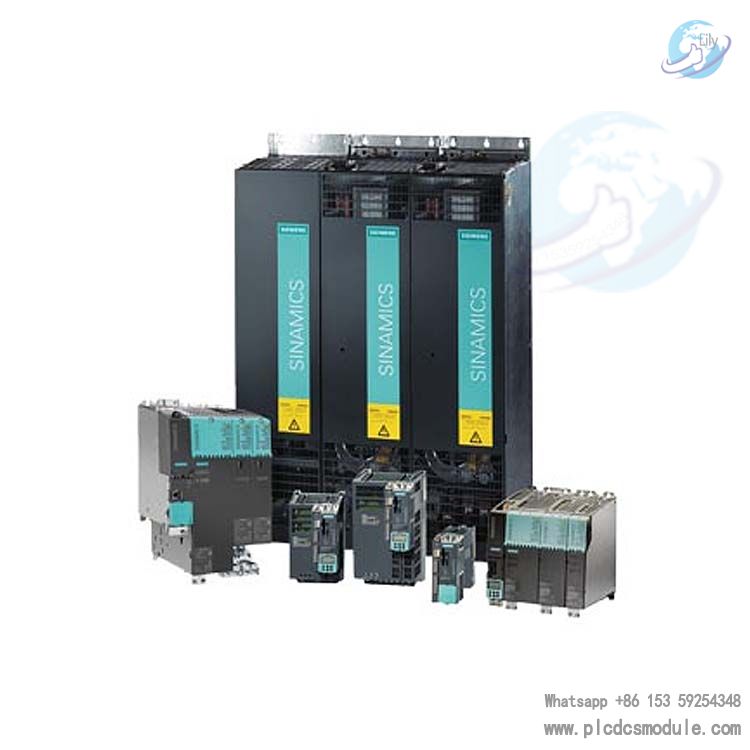
8.Yokogawa(Japan)
CPU Modules
CP451-10
A commonly used CPU module responsible for overall system control and management, undertaking critical tasks such as program execution, data processing, and communication with other modules.
CP461-50 S2
A high-performance CPU module with stronger processing capabilities and larger memory capacity, suitable for complex industrial automation control systems. It efficiently handles massive control logic and real-time data.
CP701/S1
A CPU module designed for field control, featuring excellent real-time performance and reliability. It adapts to harsh industrial field environments and provides precise control for on-site equipment.
Power Modules
Supply stable power to other modules in the system to ensure normal operation. For example, some power modules offer multiple voltage outputs to meet the power requirements of different module types. The E9716YB is a power supply unit that provides stable power for Yokogawa's related modules.
Input/Output (I/O) Modules
Analog Input Modules
Examples: AAI135, AAI141-H00, AAI143-S50.
Receive analog signals from the field (e.g., temperature, pressure, flow sensors) and convert them into digital signals for processing and analysis by the CPU module.
Analog Output Modules
Examples: AAI543-S00, AAI543-H53.
Convert digital signals processed by the CPU module into analog signals, which are output to field actuators (e.g., control valves, frequency converters) to achieve precise control of analog quantities.
Digital Input Modules
Examples: ADM11C, ADM12C.
Receive external digital signals (e.g., switch states, button signals) and convert them into digital signals recognizable by the PLC.
Digital Output Modules
Examples: ADM52C, ADM52-2.
Output digital signals from the PLC to external devices (e.g., relays, contactors, indicator lights) to control their on/off states.
Special Function I/O Modules
AMM22T: Thermocouple multiplexer module.
AMM31T, AMM32T: RTD (resistance temperature detector) input multiplexer modules.
These modules handle specific types of signal inputs, such as thermocouple and RTD signals.
Communication Modules
Example: ALR121-S50.
Support multiple communication protocols to enable high-speed data communication with other devices or systems. This allows Yokogawa's automation systems to effectively interact and collaborate with equipment from other brands or host computer systems.
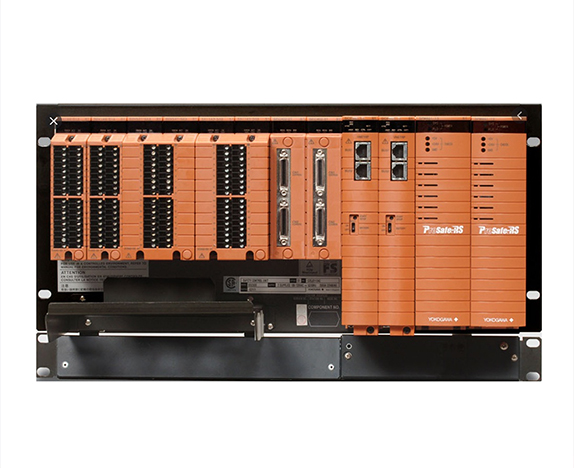
Continue reading about the content of distributed control system (DCS) products:
ABB PM856AK01 3BSE066490R1 AC800M Processor Unit PLC AC 800M
ABB PM665 3BDS005799R1 Processor Module
GE FANUC IC800SSI228RD2 Servo Motor Controller IC800SSI228RD2-CE
Emerson/Ovation 1C31179G02 Output Module
TRICONEX 3721 Analog Input Module (TMR) TRICON3721
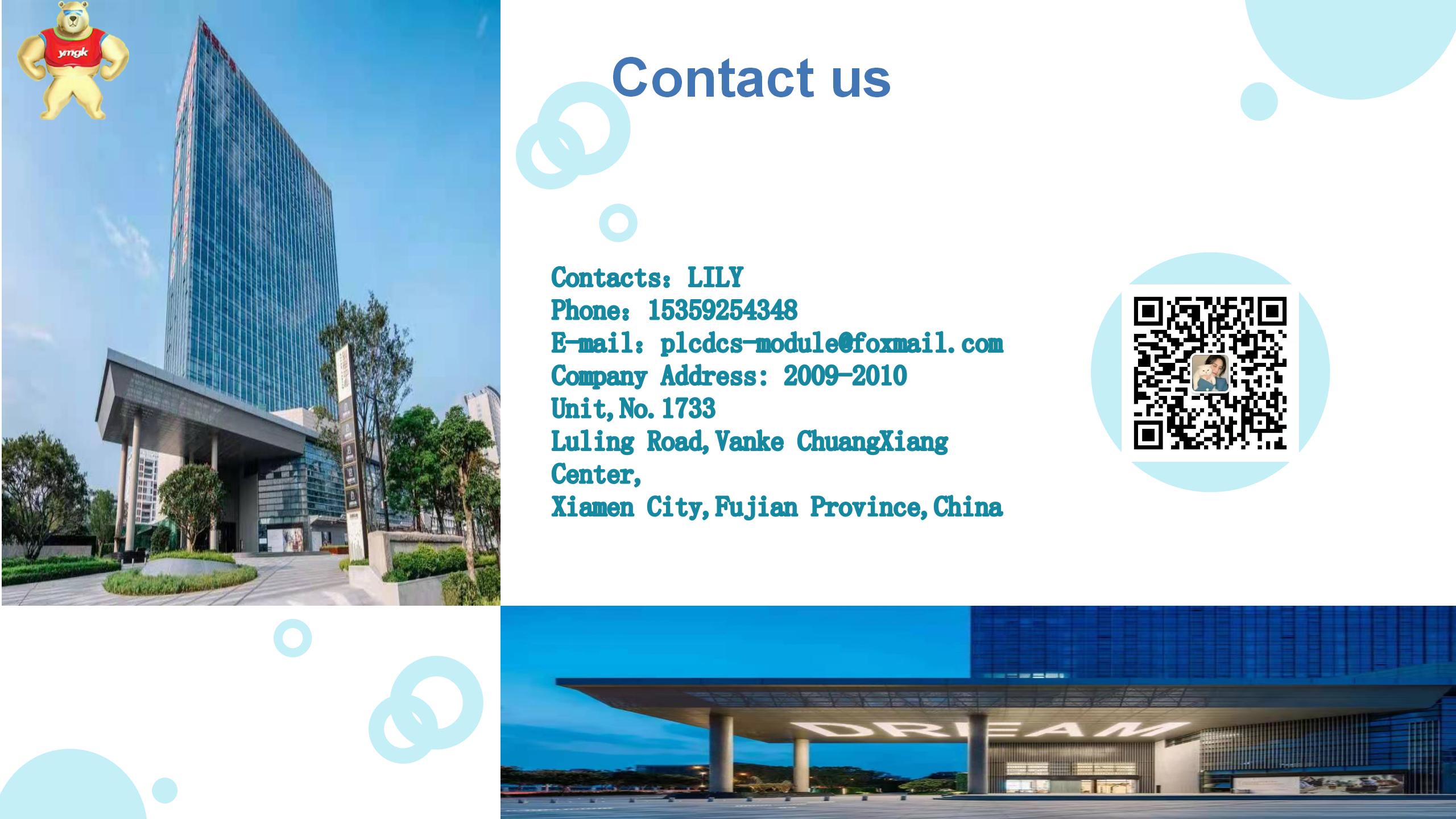







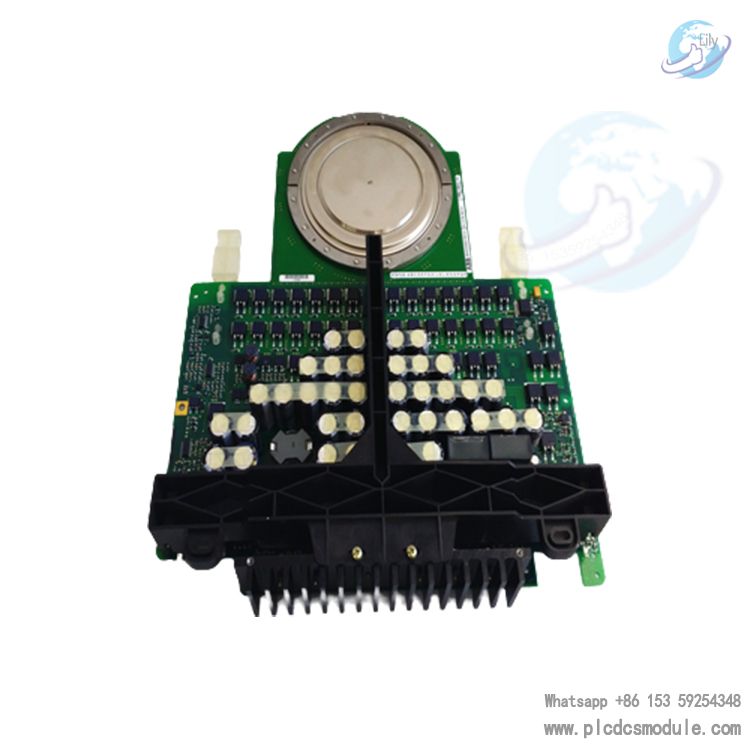
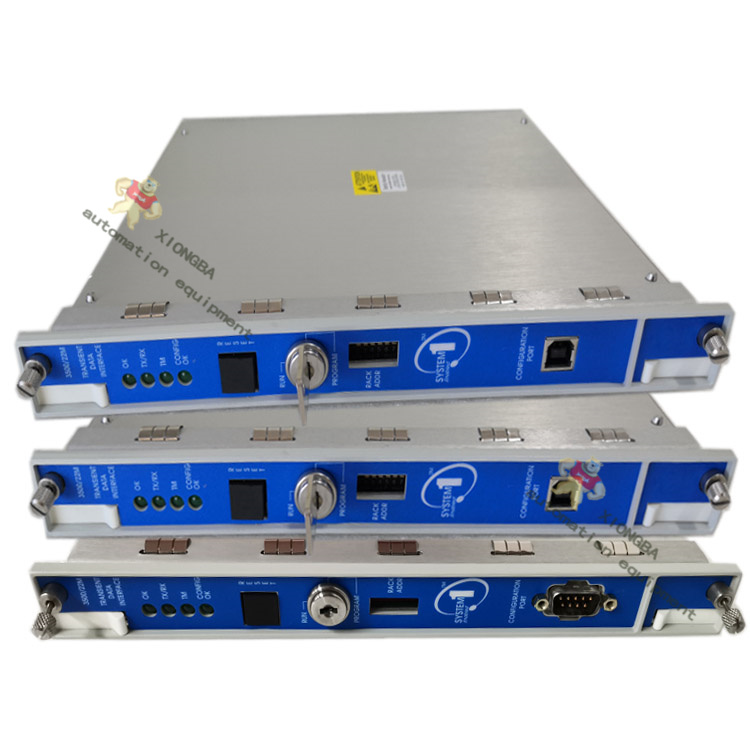
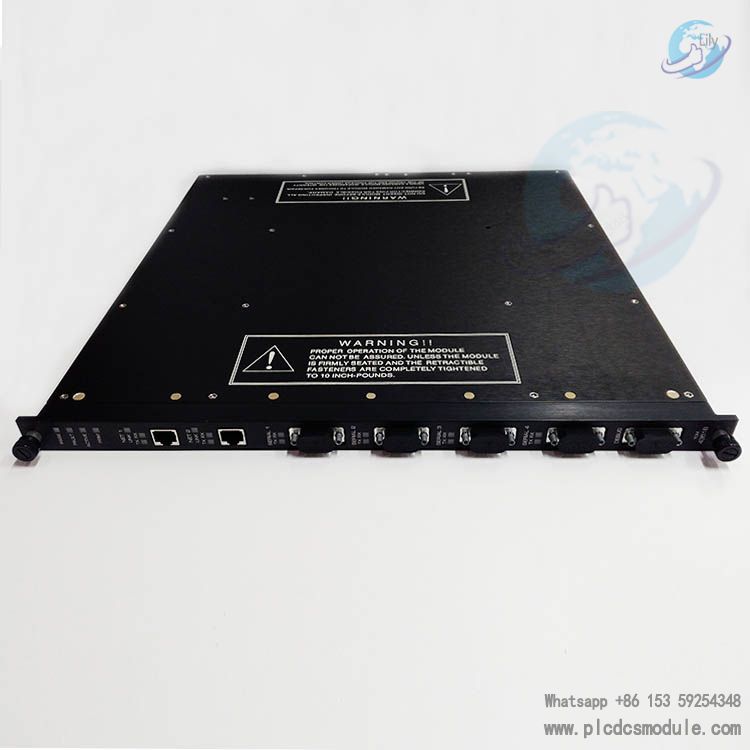
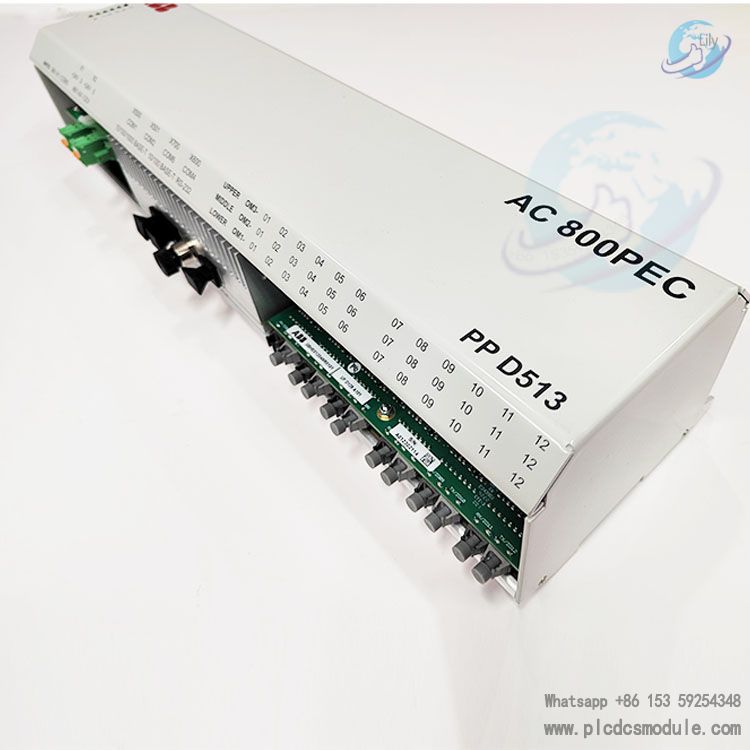
 3005319639
3005319639